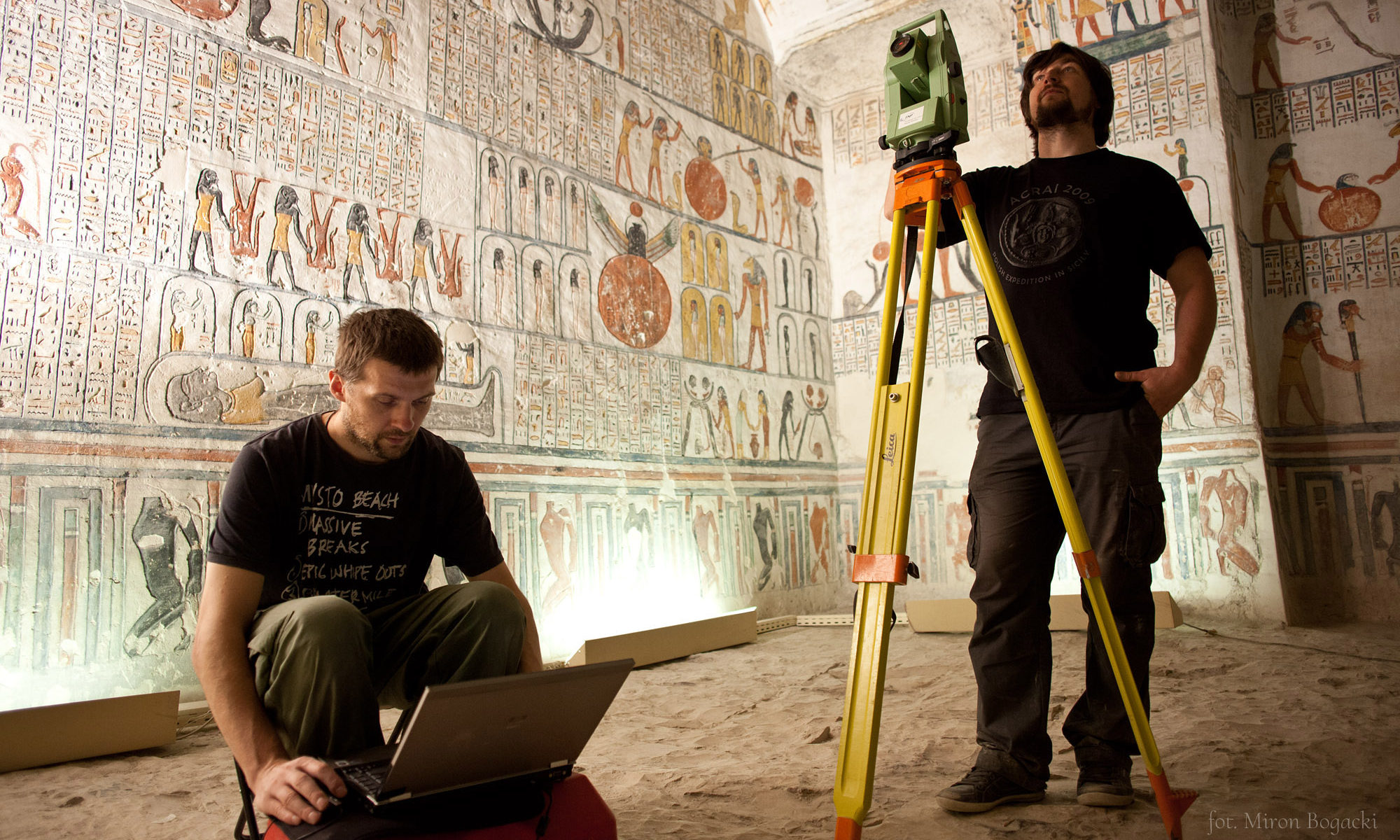Dear Colleagues,
I have the pleasure to invite you to a lecture of dr Andrew Harris, Postdoctoral Research Fellow, National University of Singapore
titled:
THE ANGKOR VIHARA PROJECT – MAPPING AND EXCAVATING EARLY THERAVADA BUDDHIST PLACE-MAKING IN CAMBODIA.
The lecture will be held as part of a seminar on Archeology of the Far East and the Pacific Coast on Monday, 12.06.2023 at 16.45 online, on ZOOM:
https://uw-edu-pl.zoom.us/j/
Identyfikator spotkania: 926 9252 4516
Kod dostępu: 170340
Wystarczy jedno stuknięcie na urządzeniu mobilnym:
+48223065342,,92692524516#,,,,
+48223073488,,92692524516#,,,,
Wybierz numer zgodny z Twoją lokalizacją
+48 22 306 5342 Polska
+48 22 307 3488 Polska
+48 22 398 7356 Polska
Identyfikator spotkania: 926 9252 4516
Kod dostępu: 170340
Znajdź numer zgodny z Twoją lokalizacją: https://uw-edu-pl.zoom.us/u/
Abstract: The Angkor Vihara Project, a collaborative campaign between the Archaeology Centre of the University of Toronto and APSARA National Authority, has sought to clarify both the religious transition and syncretism between Hindu and Mahayana Buddhist (Brahmano-Buddhist) temple (prasat) construction and Theravada (Sinhalese/Pali) Buddhist monastic construction. This unique religious phenomenon, one which proves pivotal to both ancient and modern Cambodian religious history, is thought to have occurred beginning in the mid-late 13th century, and features primarily within the civic-ceremonial citadel of Angkor Thom, where upwards of seventy prayer-halls/vihara (Khmer: pr
Kind regards,
Marta Żuchowska

